Copyright ©IFS 2024 | All Rights Reserved.
Fire safety maintenance has one critical aspect: refilling fire extinguishers. After every use, refilling a fire extinguisher is necessary, as it ensures these systems are ready to be used effectively during a fire.
Over time, fire extinguishers lose pressure, reducing their ability to dispense fire extinguishing agents. When you refill the extinguisher, you are ensuring the pressure is correct and it has the right percent of extinguishing agent.
In the event of a fire, a properly maintained fire extinguisher can be a lifesaver. That’s why our team of experienced technicians is dedicated to providing reliable and efficient fire extinguisher refilling services.
We specialize in refilling a variety of fire extinguisher types, including:

ABC or Multi – Purpose Dry Chemical portable fire extinguisher is
useful for A, B and C fires , (Class A represents trash , wood , and ADE
paper, Class B represents flammable liquids and gases and Class C
represents live electrical equipment) . They are perfect ABC Type Fire
Extinguishers for home or domestic use .Refilling an ABC-type fire extinguisher is a complex process but necessary to ensure they are effective in combating fires. Professionals first assess the condition of the extinguisher while discharging any remaining agents. Then, they dismantle it to access the internal components. For refilling, the experts introduce dry chemical agents suited for combating various fire classes—class A, class B, and class C. Precise refilling quantities are necessary, which is followed by re-pressurization using nitrogen to make it functional. Regular refilling is necessary for upholding the fire extinguisher during emergencies.
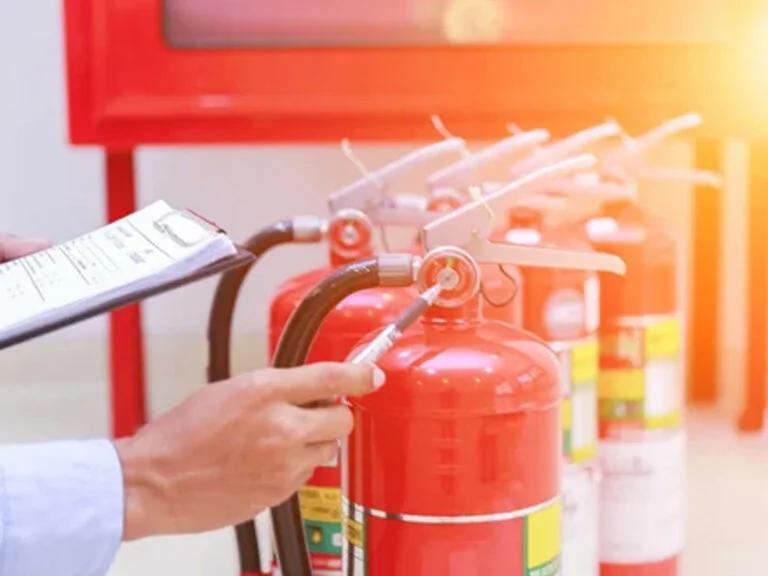
CO2 fire extinguishers are best suited for electrical fires but they are
also effective for Class B liquid fires. With their harmless effects on W
electrical equipment, CO2 type fire extinguishers are best suited for
offices, workshops or any premises that use electrical equipment .CO2-type fire extinguisher refilling services include inspection for leaks and damages before discharging any remaining gas. The process of refilling reintroduces carbon dioxide under expert guidance, ensuring the extinguisher reaches the necessary pressure levels. The process also includes testing for proper functionality, pressure checks, and discharge tests. Our experts will validate everything and seal and tag it with full-service documentation and details. Regularly maintaining and refilling them is necessary for optimal use.
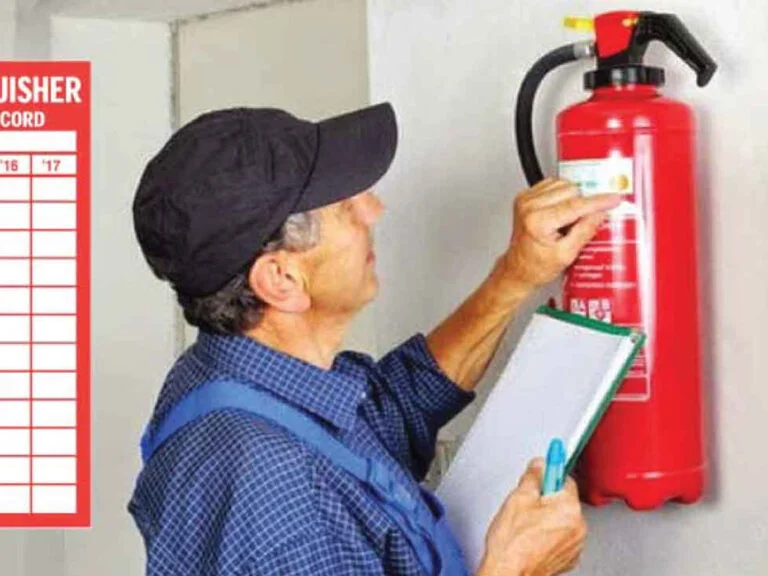
Foam type fire extinguishers are specially formulated to cool the oxygen
which results in suppression of combustion. They are suitable for ceasing, burning solids such as wood as well as highly
inflammable liquids such as petrol . Foam-type fire extinguisher refilling will have our experts checking for any corrosion and damage. First, they will discharge any remaining foam agent and dismantle it to access the internal components. To refill it, the experts will add appropriate foam concentrate and pressurize it with air or water as per the type. Our experts will then run the tests to ensure it works properly, including discharge and pressure tests. We seal the fire extinguisher after completing the refilling process and provide you with documentation for the same. Now, your extinguisher is ready for combating fires with flammable solids and liquids.
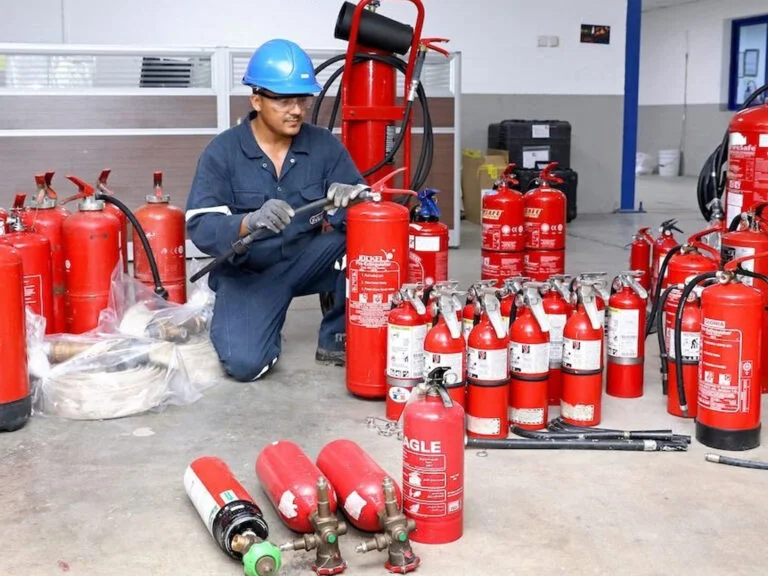
DCP type fire extinguishers are best suited to combat fires from homes, cars to extreme environmental conditions such as mining sites. DCP, or dry chemical powder type, fire extinguishers are first assessed for leaks and damages. Our experts will discharge all the remaining powder; they will dismantle it for accessing the internal parts. To refill the fire extinguisher, experts will use the dry chemical agent necessary for extinguishing fires involving classes A, B, and C. Re-pressurizing with nitrogen as per the appropriate levels. They will seal and tag, and you will get documentation for bookkeeping. Refilling will ensure the fire-extinguisher capacity to prevent the fire from spreading.
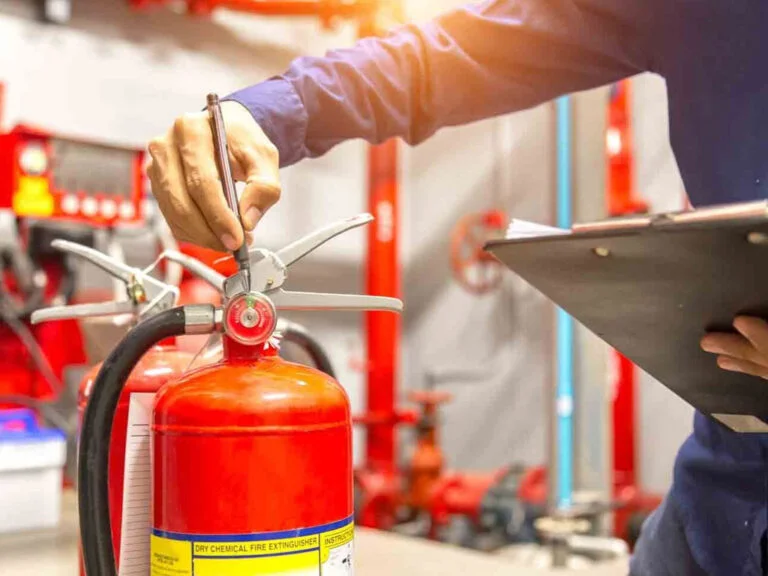
Class K type fire extinguishers offer improved control for cooking fires by minimizing the splash hazard . They are formulated to form a soapy foam on the surface of hot cooking oil to hold in the vapors and steam to control any further damage and control the fire. K-type fire extinguishers are specific for commercial kitchen fires, including oils and fats. To refill it, our experts will inspect it for damages and discharge the remaining agent. The extinguisher is dismantled afterward to access internal components. To refill the fire extinguisher, our experts will react with a specific wet chemical agent reacting with burning fats to create a blanket that cuts off the oxygen supply. After you assemble and pressurize for operational levels, they will test the extinguisher for effectiveness to ensure deployment during the kitchen fire.
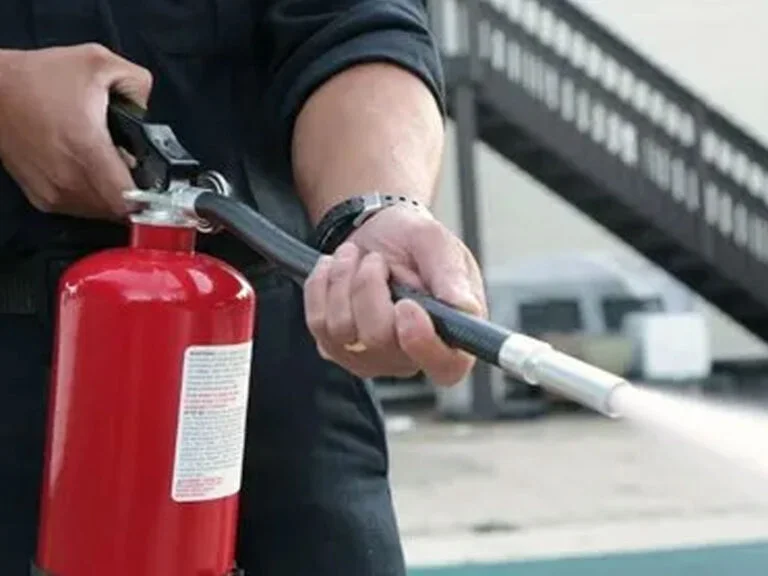
Clean agent type extinguishers are formulated with a mixture that suppresses fire while maintaining breathable concentrations of oxygen in air A clean agent fire extinguisher like Halotron or Halon offers reliability, especially in sensitive areas, as it does not leave any residue behind. Our team will inspect the fire extinguisher for damages or leaks. They will discharge all the remaining agents, and the extinguisher is then dismantled for accessing the internal components. To refill the fire extinguisher, they will provide a specific cleaning agency for suppressing fires that do not leave any residue or cause damage to any sensitive place, property, or equipment. It is followed by testing and re-sealing of the fire extinguisher with proper documentation. Frequent refilling ensures the safety of the property during fire emergencies.
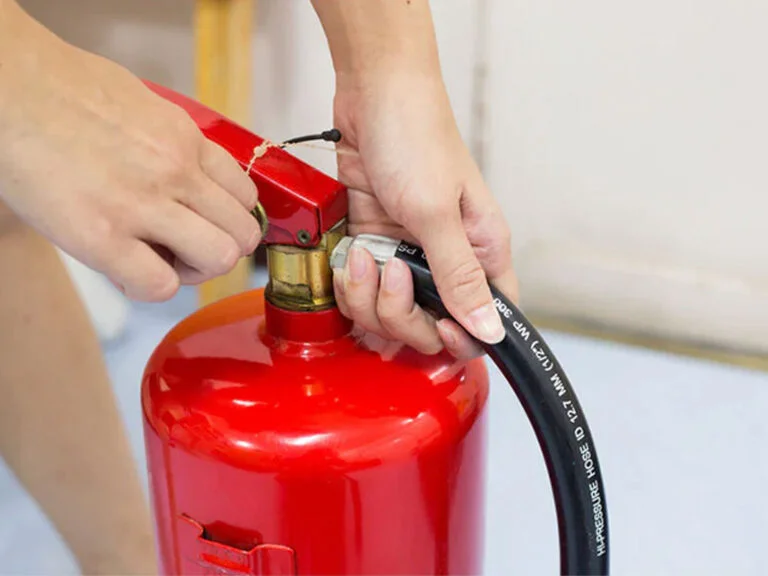
The water-type fire extinguisher refilling process includes inspection for any corrosion and damage. Once they discharge the remaining water, the fire extinguisher is dismantled to access the internal components. Refilling includes replenishing with water and a wetting agent to enhance its firefighting ability to fight class A fires. After reassembling and pressurizing, the extinguisher will go through testing to ensure its functionality. Our team will provide you with the necessary documentation for safekeeping. Frequent refilling is necessary to ensure the fire extinguisher is working in optimal condition to stop fires.
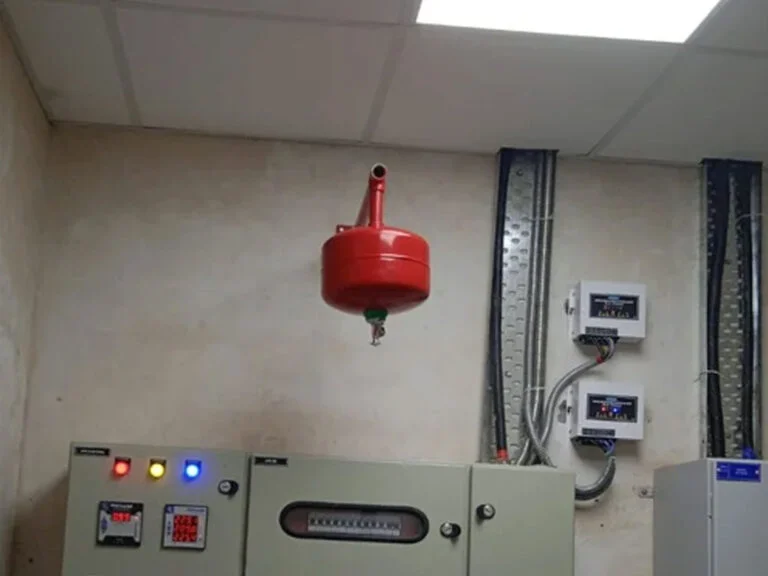
The refilling of this fire extinguisher starts with an inspection to detect leaks or damage. After discharging, our experts check the internal components and refill them with a clean extinguishing agent suppressing fire by removing the heat. Our professionals will re-pressurize it and test it for proper functionality, including discharge and pressure checks. The last step is sealing and tagging it and providing the documents for safekeeping.
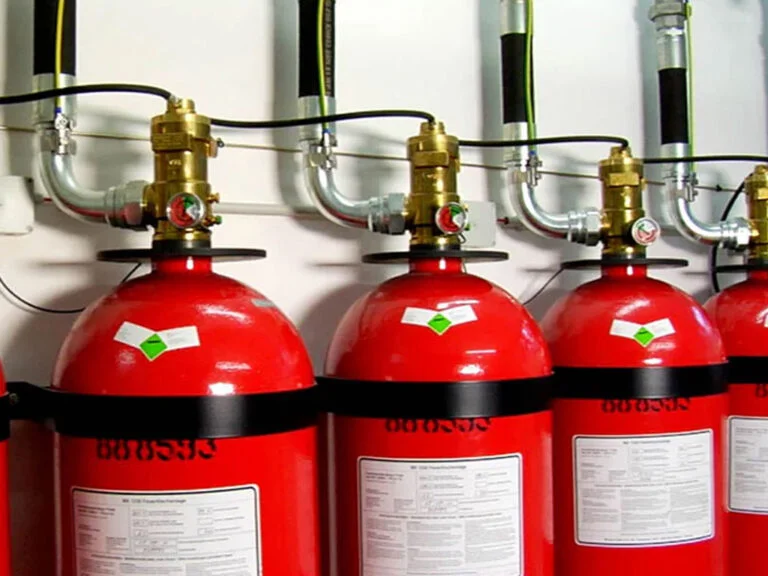
Modular-type fire extinguisher refilling happens after checking for leaks or damage. The process is similar—discharge then dismantle for accessing internal components. For refilling, replenish each module using the right extinguishing agent specific to fire classes A, B, C, and D in the module. After you reassemble and pressurize, each module will undergo testing to ensure the chemical is dispensing properly. Our experts then seal it and provide you with documentation for bookkeeping.
In addition to refilling, we also offer comprehensive fire extinguisher maintenance and inspection services. Our technicians can inspect your extinguishers for damage, leaks, or other issues and provide necessary repairs or replacements.
Don’t wait until it’s too late. Schedule a fire extinguisher refilling appointment today and ensure the safety of your home or business. Contact us at [Phone number] or [Email address] to learn more or to request a quote